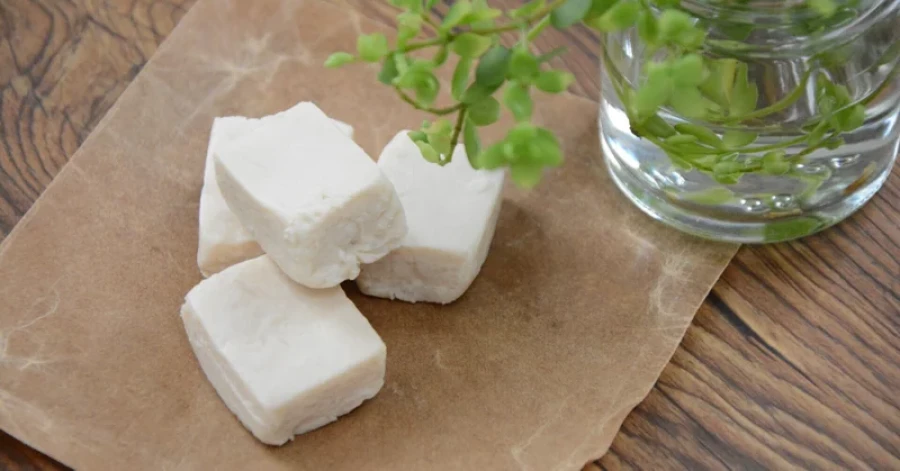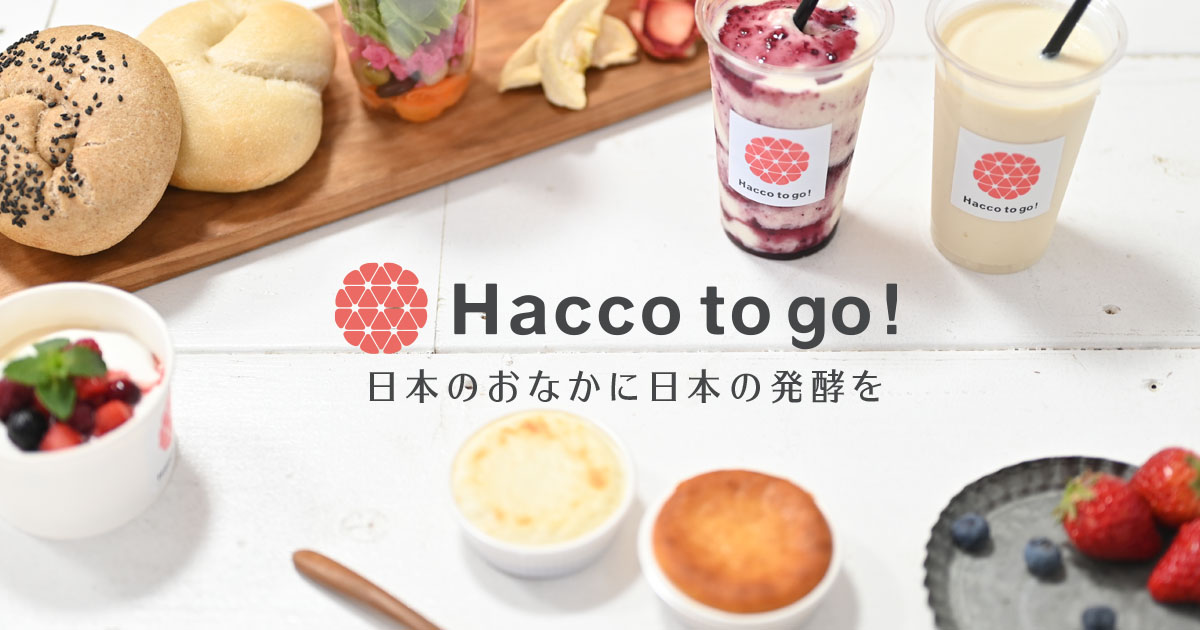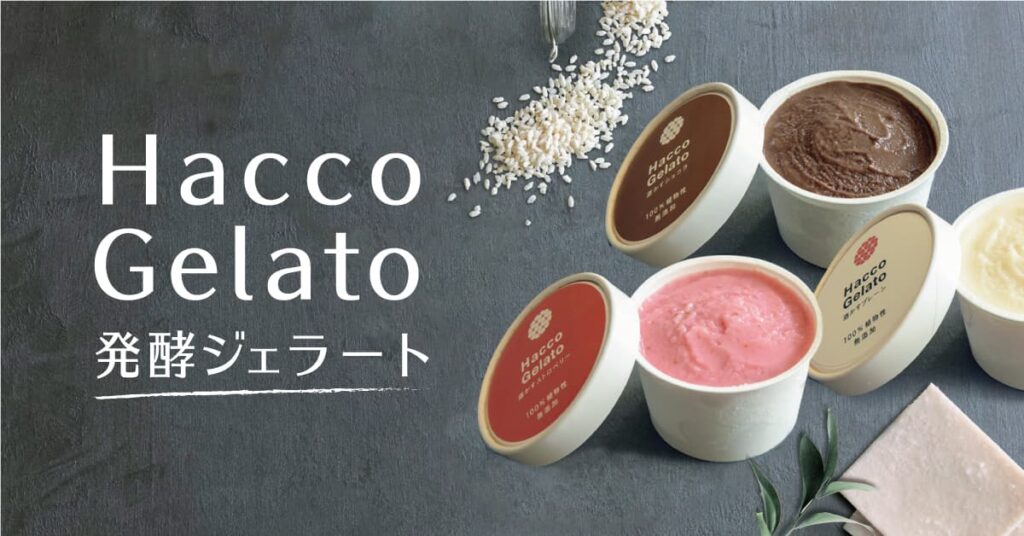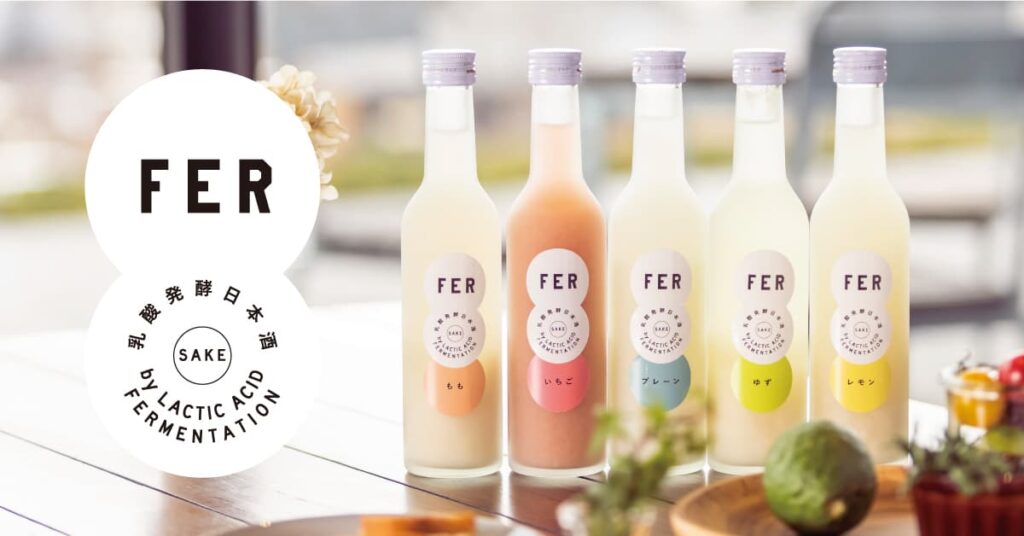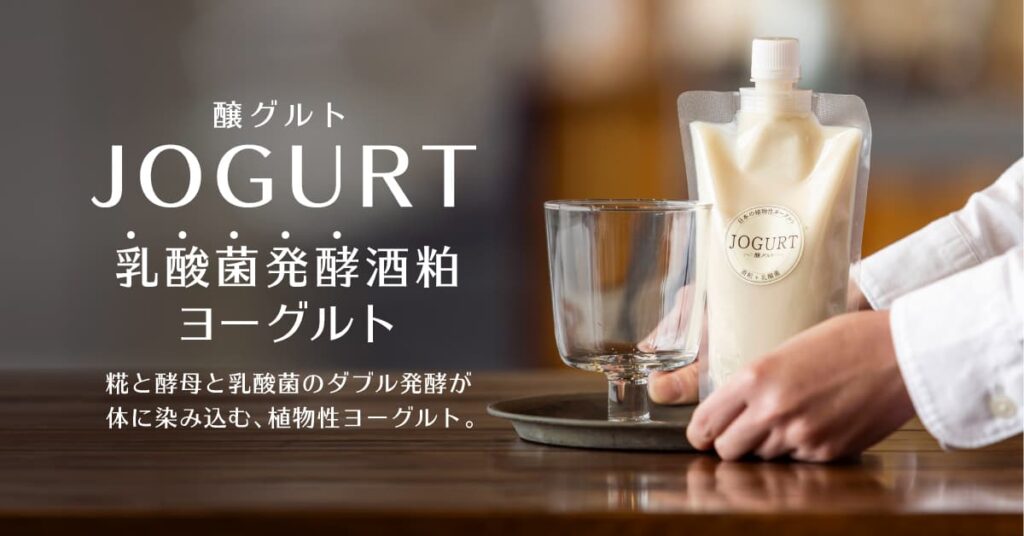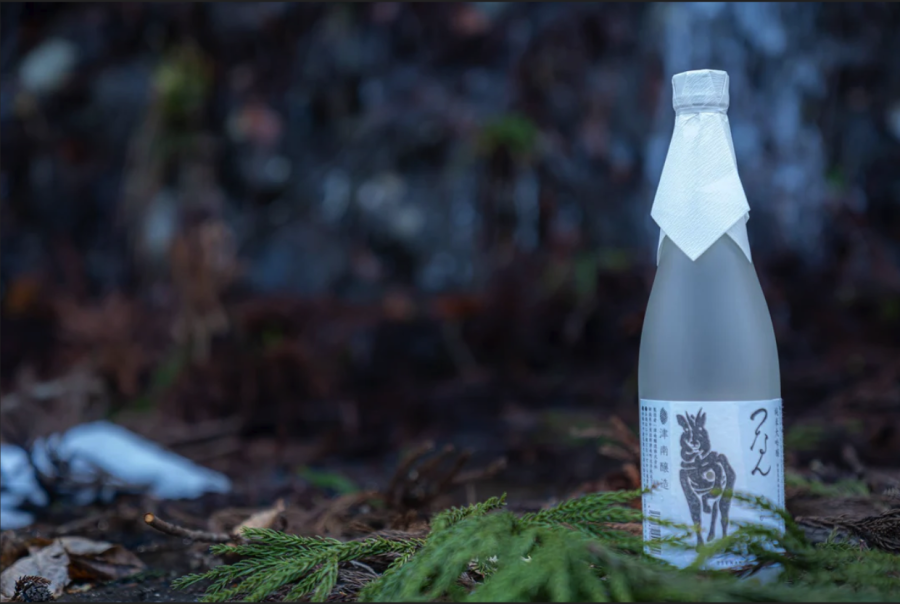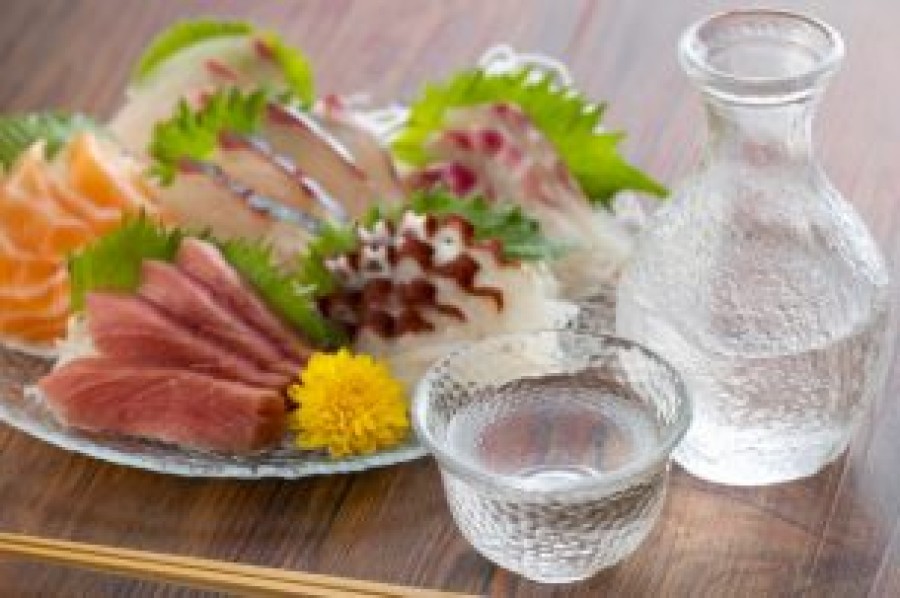いつもありがとうございます。酒粕&発酵専門店「Hacco to go!」です。
FARM8, a Niigata-based company, develops products and operates a shop using W-fermented sake lees fermented with the plant-based lactic acid bacterium Uonuma strain, so that people can enjoy sake lees in a tasty and cute way in their daily lives.
As we continue to develop products using sake lees, we accumulate little handling tips and recipes.
We would like to share this liquorice know-how on our blog.
Now, in the last issue, we introduced a method for making sake lees surprisingly easy to eat: steaming.
In this issue we'll show you how much to take daily and how to store it!
Still convenient, frozen storage
Sake lees contain around 10% alcohol as it is. It has a long consumption period if it is not processed for cooking, but as expected, after a year or more, it begins to smell of oxidation and look deteriorated.
So, if you want to keep your sake lees fresh, freeze them as they are.
The trick at this point is to wrap them tightly in plastic wrap to prevent oxidation. You can also put it in a zipped bag and let the air out. However, as sake lees contains about 2.5 g/100 g of fat, it will gradually oxidise even when frozen. It is not good to keep it too long, so please be careful.
In summer, instead of ice cream, you can eat this frozen sake lees as it is!
Frozen sake lees have a less distinctive aroma and are a snack in themselves.
And the sake lees cream introduced can be frozen in the same way.
Place in a zipped bag so that it is thin and freeze on a tray or similar. Once frozen, they can be conveniently stored standing up.
It is also really useful when using it, as you can just crack it open.

advertisement
Do you know how much you should eat every day?
A daily intake of 50 g is likely to provide health benefits.
Another recommendation here is to freeze them in ice trays.
It is easy to see how many grams are in each block as you weigh them, so this method is recommended for those who want to consume 50 g daily.
When freezing in an ice tray, increase the amount of water to make it easier to remove later.
Sake cake has a high sugar content and will not come off easily if it is frozen as it is in an ice dish.
Doubling the amount of water to increase the moisture value makes it easier to remove from the ice tray in a smooth manner.

Sake lees has been broadcast on TV and is known to have many benefits, such as 'whitening effect', 'intestinal regulation', Alzheimer's prevention, liver function improvement, allergy symptom improvement, cancer prevention, and so on.
To get that effect, it is recommended to consume 50 g every day.
Now, what happens when you start living on sake lees!
By all means, take advantage of the information here and feel free to take in some sakekasu!
■Sake lees information and sake lees products can also be found here.
Hacco to go! shop in Niigata Station.
******************
店舗やメニュー情報はこちら
Hacco to go! HP https://haccotogo.com/
Instagram @haccotogo
Twitter @Haccotogo
******************
advertisement


